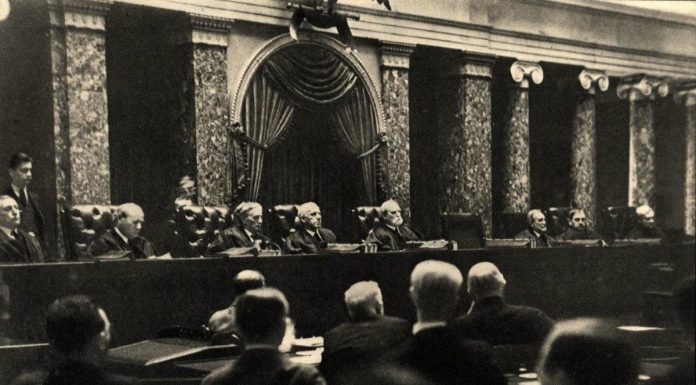
In a remarkable turn of events, four members of the United States Supreme Court recently affirmed the constitutionality of state-sponsored religious bigotry. On June 30, by a vote of 5-4, the court struck down a Montana law barring the inclusion of religious schools as an option for families participating in educational choice programs – with the court’s liberal wing in opposition to the majority.
In Espinoza v. Montana Department of Revenue, the justices answered what the non-profit Institute for Justice called the “open question” arising from previous decisions in cases like 2002’s Zelman v. Simmons-Harris whether religious institutions could be explicitly excluded from choice programs.
The national effort to ban government support for Catholic schools goes back to the 1880s. The Republican Party, following the leadership of one-time House Speaker, U.S. Senator, and 1884 GOP presidential candidate James G. Blaine attempted to hamper the rise in influence of the Catholic immigrants coming from Europe in large numbers, in part through the use of “Blaine Amendments” that blocked state funding for religious schools.
Writing for the majority in Espinoza, Chief Justice Roberts cited them as being “born of bigotry,” adding that the “no-aid provisions of the 19th century hardly evince a tradition that should inform our understanding of the Free Exercise Clause.” The Court also said the “exclusion [of religious schools] from the scholarship program here is ‘odious to our Constitution’ and ‘cannot stand.’”
The Blaine Amendments were pushed by the kinds of people who, in 1884, referred to the Democrats as the “The Party of Rum, Romanism, and Rebellion.” It was a slogan that likely cost Blaine the White House while the state constitutional amendments named for him are a stain on the records of those who supported them, the states that adopted them, and the country as a whole. Yet it was liberal Justices Stephen G. Breyer, Ruth Bader Ginsburg, Sonia Sotomayor, and Elena Kagan who in essence affirmed them by refusing to join the majority in Espinoza.
The anti-Catholicism of the period wasn’t limited to the schools. The same concerns that drove the Blaine Amendments produced groups like Planned Parenthood, whose leader, Margaret Sanger, spread the efficacy of birth control among poorer Catholics in the cities. Her motivation, to keep Catholics from having so many children, is well documented even if modern historians tend to overlook it.
Had this been an issue that involved race, the dissenters – had there been any – would have had their decisions linked unfavorably to such odious court rulings as the ones made in Dred Scott and Plessy v. Ferguson. But, because Espinoza involved religious bigotry, its antecedents are overlooked and the justices on the wrong side have not been called to account. That’s because, for too long, the “establishment clause” of the 1st Amendment has been given decided preference over the “free exercise” provision. As the latest decision hints, however, a day of reckoning when the two sections of the amendment concerning religious freedom must at least be given equal weight is coming.
